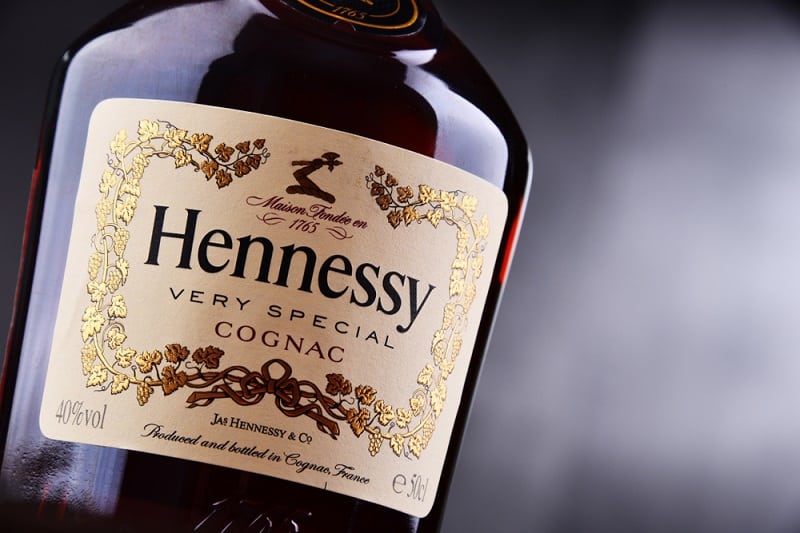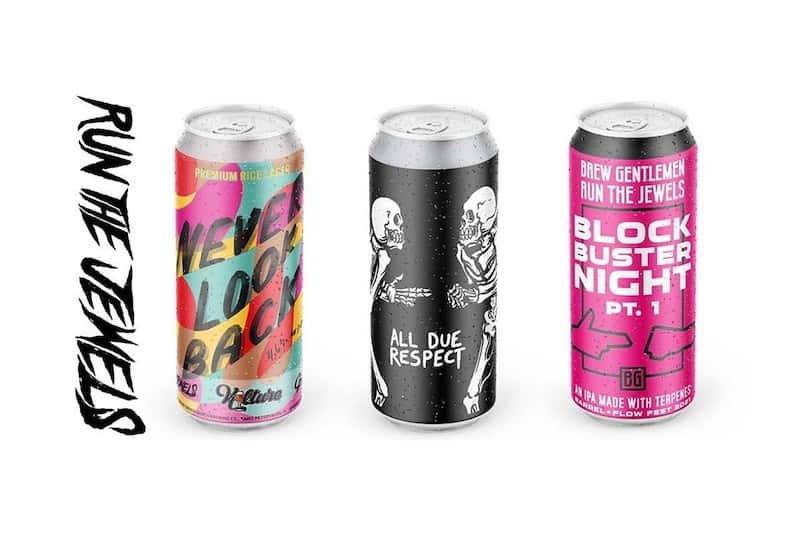Beginner's Guide: How To Drink Vodka
Drinking vodka can be a lot of fun when done in moderation. Traditionally, vodka (and gin) has been considered a neutral spirit, designed to be flavorless, odorless, and colorless.
Neutral spirits can be made from grains, grapes, molasses, potatoes, and other agricultural origins, then infused with herbs and flavors. Vodka is following gin by creating more expressions from grain to glass, utilizing the addition of botanical herbs, and developing terroir (environmental personality).
While it has no nutritional value, vodka is a low-calorie spirit with no carbs, fats, or sugar, making it an ideal alcoholic beverage for those on a diet (hello soda water) or wanting to drink without going overboard on calories and carbohydrates.
A more complicated, informed, and competitive spirits market – just check out the Vodka Belt of Europe, for example – means contemporary vodka now displays more personality, which means more fun for those drinking vodka at home or on a night out.
The following article will describe how to drink vodka by breaking down features, identifying variations to tradition, and listing my favorite vodka cocktail recipes and hangover cure.
Vodka Doesn’t Freeze (Usually)

Vodka has a high ethanol content which contributes to its neutrality in taste and make up. Plain vodka can be stored in the freezer up until approximately -17 degrees Fahrenheit before it starts solidifying.
If you have a cheap plain vodka brand – which often tastes a bit meh and has a noticeable ethanol afterburn – putting it in the freezer for a couple of hours and then drinking it straight up from shot glasses is a fantastic way to get your night started (or ended if you do it foolishly). The colder vodka is, the easier it is to knock down, eliminating the yucky aftertaste.
This is the traditional Russian vodka method. BUT, unless you’re having a bit of fun or drinking the cheapest brands of vodka, I do not recommend freezing it at all.





